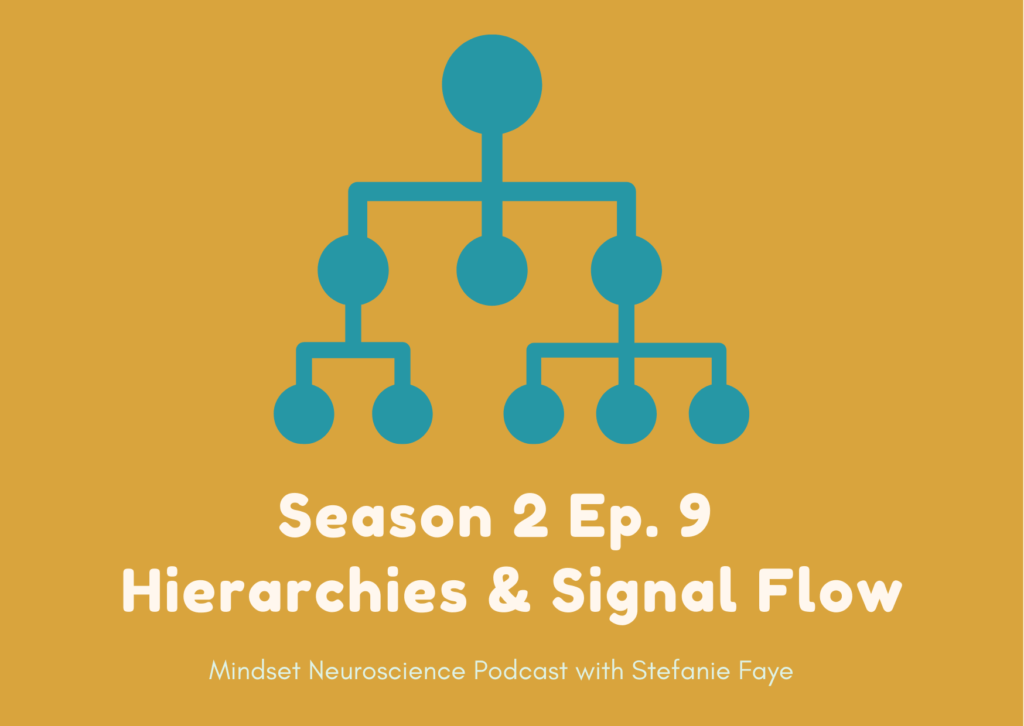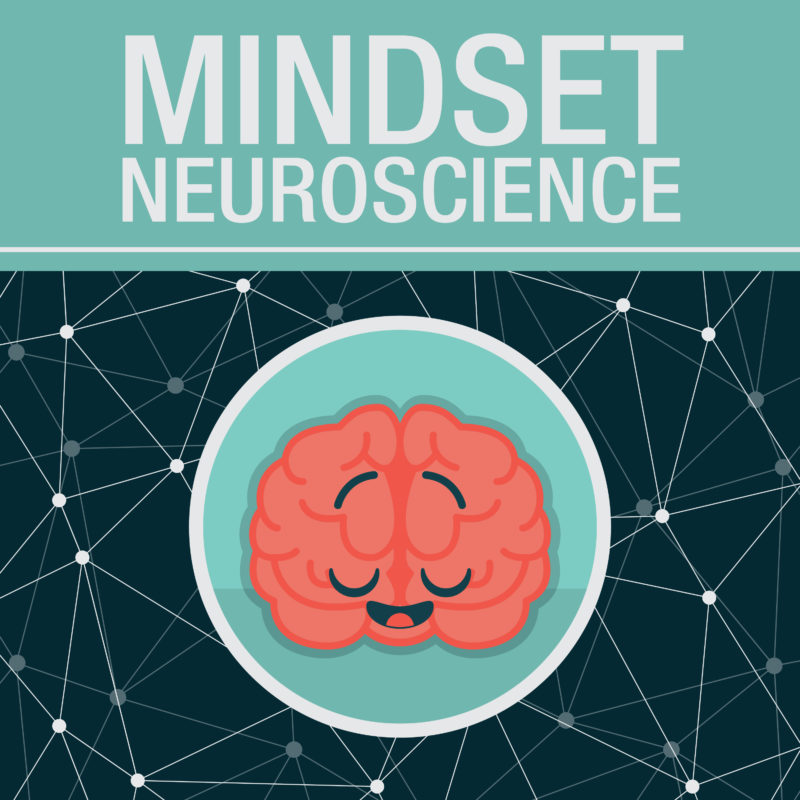Why do systems fall apart or become dysfunctional?
A system can be a family, relationship, community, business, organization, society. The human mind-brain-body is also a system.
One reason dysfunction can happen is related to hierarchy and ‘signal flow’. Let’s go into both of these ideas.
Hierarchies exist throughout nature and throughout human society.
They are something that occur because of their ability to coordinate communication and signals from lower or small subsystems to a higher level that can interact with all the subsystems, either directly or indirectly. An example of this is the brain. It acts as a command center that receives and coordinates all the signals of the subsystems, such as the cells and organs, that make up the human organism. If the cells and organs weren’t able to communicate with a higher order system, there would be no coherence or organization around a central goal. A system needs a unified goal for all the subsystems to work towards.
This higher level of ‘command’ creates a hierarchy.
This hierarchical structure has nothing to do with which system has more rights or power, it is only to serve as a mechanism for signal flow for the subsystems. The goal of the higher level of a hierarchy is to help with the optimal functioning of the subsystems so that they can do their job - whatever that may be. The goal of the subsystems is to serve the goal of the entire system as a whole. In the brain, the command features are closely tied to the frontal areas of the brain, particularly the prefrontal cortex.
Hierarchies are best able to serve the system when there is efficient signal flow from subsystems to the higher levels and vice versa.
We can see dysfunction happen when the highest levels of a hierarchy are
- not serving the goals of the entire system
- have communication channels dominated by a specific subgroup/subsystem
- are blocking or suppressing efficient communication and signal flow from the subsystems
An example of this often gets reflected in businesses and other organizations. This can take the form of a CEO serving only his bank account and that of his family, to the neglect of the goals of the employees - which could include their personal wellbeing, optimal brain-body functioning and psychological safety.
System suboptimization can also happen if only one subgroup or subsystem dominates the communication channels to the central command nodes.
This can also appear in the brain as hypercoherent brainwave activity between specific subnetworks, but to the detriment of efficient communication with other networks.
In human society, the other thing that occurs alongside system suboptimization is that as a system’s signal flow becomes dysfunctional, the splits and divides between the subgroups can also become more clear.
This is because the communication patterns within subsystems are always denser and more frequent than the communication patterns between them. So in human society, for example, people within a subgroup will communicate with each other much more frequently than they will with people outside of that subgroup.
When a system (such as a country, state, city, community, family, business, etc.) becomes dysfunctional, each subgroup now needs to serve its own goals because the higher levels of the hierarchy are not doing their job.
This then creates even more closed off communication across subgroups, and it becomes a reinforcing feedback loop - the communication inside a subgroup becomes amplified, while communication across groups continues to deteriorate.
How this can appear in a family or an organization is that you’ll see certain members communicating and complaining amongst themselves in small groups and not communicating this to other groups or to the higher levels.
I have seen this improve when higher levels (the leaders of an organization or the caregivers of a family) organize meetings where every person is able to communicate openly and without judgment. This requires the leaders to demonstrate the openness of communication by being willing to accept feedback from the ‘lower’ levels of the hierarchy.
Systems optimization requires a state of signal flow where all members feel ‘understood’.
This experience of being understood is at the core of optimal system functioning within human systems. When we don’t feel understood, it means there is a block of signal flow. Being understood isn’t a touchy-feely concept. It has to do with whether there is an open and efficient mechanism for one ‘node’ to communicate its entire experience with another node. When this is not happening, it means data is missing from the overall calculations and commands that the system is performing. Within a relationship, family or the brain, for example, the more efficiently data is being communicated across all subsystems (people), the more accurate that system will be in how to optimize and achieve its goals.
This idea of being understood and its connection to psychological safety and signal flow is what i’ll be covering in the upcoming articles as well. It’s a complex topic but I think is one of the most important for us as a species. Feeling misunderstood can lead to dysregulation, and instability and dysfunction within our relationships, communities and society.
This episode covers the idea of hierarchies and signal flow - and what happens when hierarchies don’t serve the goals of the entire system.
In upcoming articles, I’ll be bringing this concept back down to more personal and interpersonal levels.


